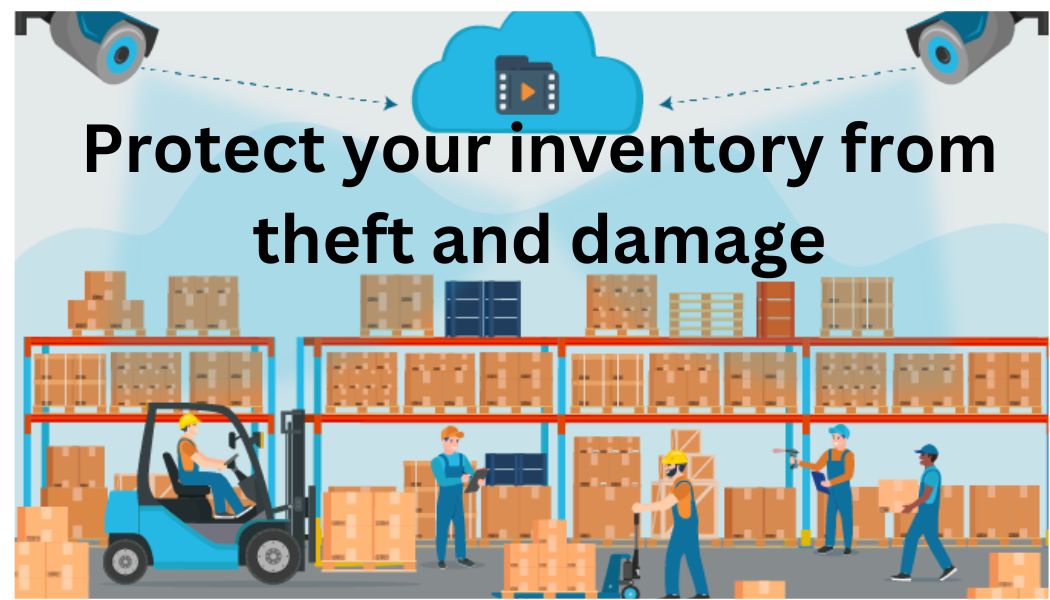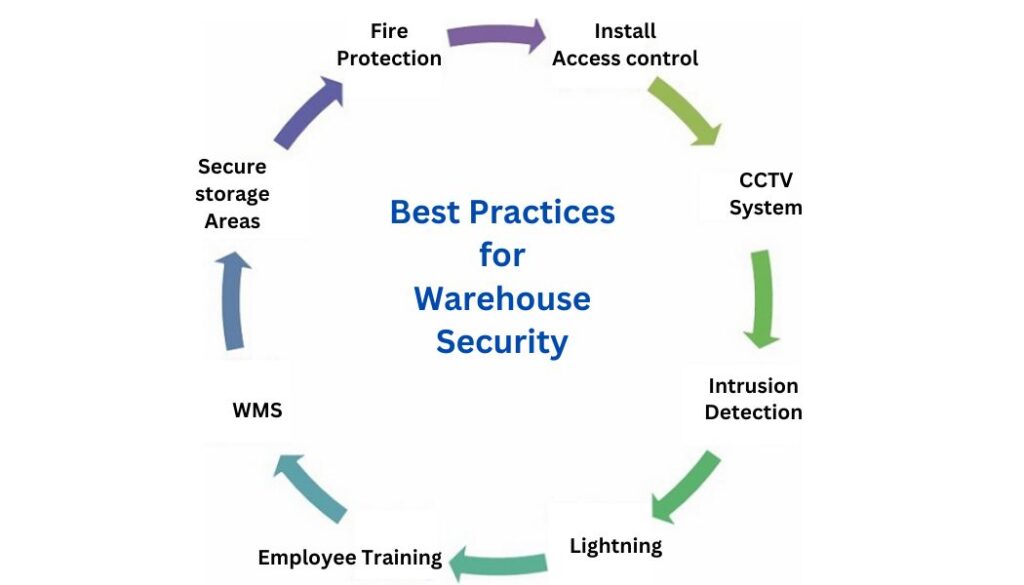
Warehouse Security: Protect your Inventory from Theft and Damage
Warehouse security is vital to the success of any business that depends on a warehouse for the storage of goods. As a result, ensuring warehouse security is of paramount importance. In this article, I explore effective warehouse security strategies and best practices to safeguard your warehouse and protect your valuable inventory from theft and damage.
Main Risks to Prevent
While every warehouse faces unique security challenges, there are several common risks that you must proactively address to protect your inventory effectively. Understanding these risks will enable you to implement targeted security measures. Here are some of the main risks to prevent:
- External Theft: External theft poses a significant risk to inventory security. Criminals may target your facility for its valuable inventory, especially if it contains high-demand or easily sellable items.
- Internal Theft: Internal theft can be equally damaging and challenging to detect. Trusted employees with access to your warehouse may attempt stealing, resulting in inventory shrinkage.
- Cybersecurity Threats: Warehouses are not only vulnerable to physical theft but also cyber threats. Cybercriminals may target your warehouse’s IT infrastructure, seeking to gain unauthorized access, steal sensitive data, or disrupt operations.
- Employee Safety: Warehouse security extends beyond inventory protection; it also includes ensuring the safety of your employees. Heavy machinery, improper lifting techniques, and inadequate safety protocols can lead to accidents and injuries.
- Natural Disasters: Natural disasters such as floods, earthquakes, or fires can cause significant damage to your warehouse and inventory. Assess the potential risks specific to your location and implement appropriate preventive measures.
- Supply Chain Vulnerabilities: Your warehouse’s security also depends on the security of your supply chain as explained in our recent post on Supply Chain Security. Weaknesses in the security practices of suppliers, transportation partners, or subcontractors can expose your inventory to risks.
Warehouse security strategies and best practices
There are multiple combinations of systems and processes that are used to ensure the best protection for you warehouse assets. These are the ones we recommend.

Access Control System: Limit access points and install secure doors equipped with electronic locks or biometric systems. Assign individual access codes or keycards to employees and strictly monitor their usage. Regularly review and update access privileges to prevent unauthorized access.
CCTV System: Strategically place security cameras throughout the facility, focusing on entry points, storage areas, and valuable inventory locations, connected to a central monitoring station with recording capabilities.
Intrusion Detection Systems: Install an intrusion detection system to monitor the perimeter of your warehouse and detect any unauthorized attempts to breach security. Integrate the system with a central monitoring station or security personnel for immediate response to potential threats.
Lighting and Visibility: Well-lit warehouses serve as a deterrent to potential criminals. Ensure proper lighting inside and outside the facility, paying particular attention to blind spots and shadowy areas.
Employee Awareness and Training: Your employees play a crucial role in security. Conduct comprehensive background checks before hiring, and provide thorough training on security protocols. Encourage an open and proactive culture where employees actively contribute to maintaining security standards.
Inventory Management and Auditing: Maintaining accurate inventory records is essential for both security and overall operational efficiency. Implement a reliable real-time WMS that tracks item quantities, locations, and movements. Regularly conduct audits to identify discrepancies and potential theft. Use technologies like barcode systems for enhanced inventory control.
Secure Storage and Asset Protection: Designate secure areas within your warehouse for high-value inventory or sensitive items. Install sturdy lockers, safes, or cages to store valuable goods separately.
Fire Prevention and Safety Measures: Protecting your warehouse from fire hazards is essential. Install smoke detectors, fire extinguishers, and sprinkler systems throughout the facility. Regularly inspect and maintain these systems to ensure that they are in optimal working condition. Conduct fire drills with employees to ensure they are familiar with evacuation procedures and emergency exits.
Regular Security Assessments: Warehouse security is a continuous activity. Periodically evaluate your warehouse’s physical security measures, cybersecurity protocols, and overall risk management strategies. Stay up-to-date with industry best practices and technological advancements to proactively address emerging threats.
I hope this article has been helpful to you. I will continue to post information related to warehouse management, distribution practices and trends, and the economy in general. If you want to know how Laceup’s solution can help you to enhance your inventory security, click the link below to schedule an exploratory meeting.
There is a lot of relevant information on our channel. Check out this video on a cycle count mistake that was affecting the inventory of one of our customers.


Sorry, the comment form is closed at this time.